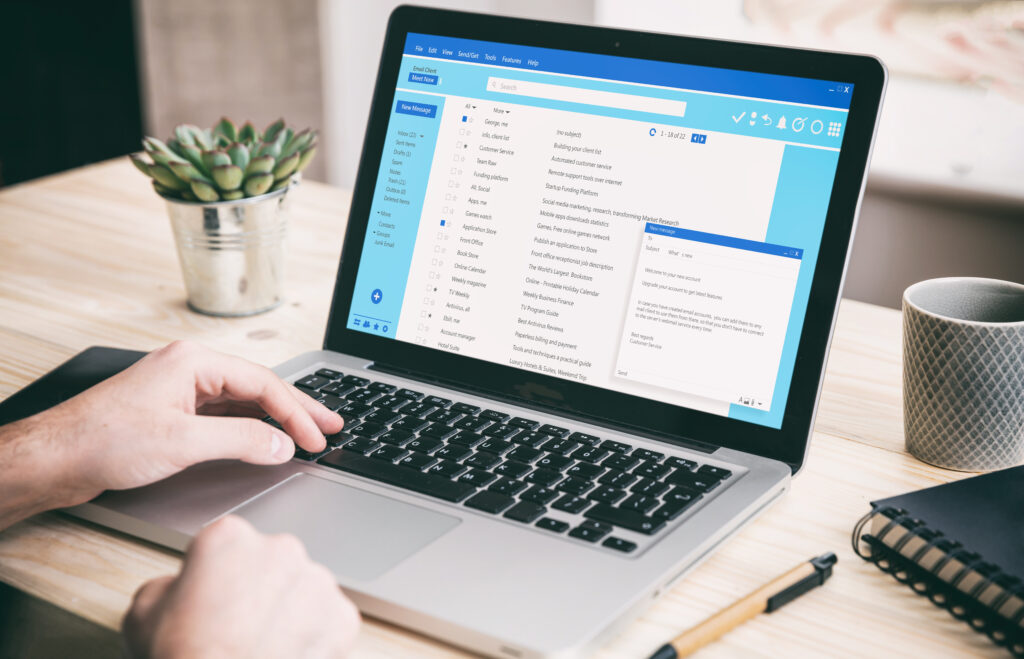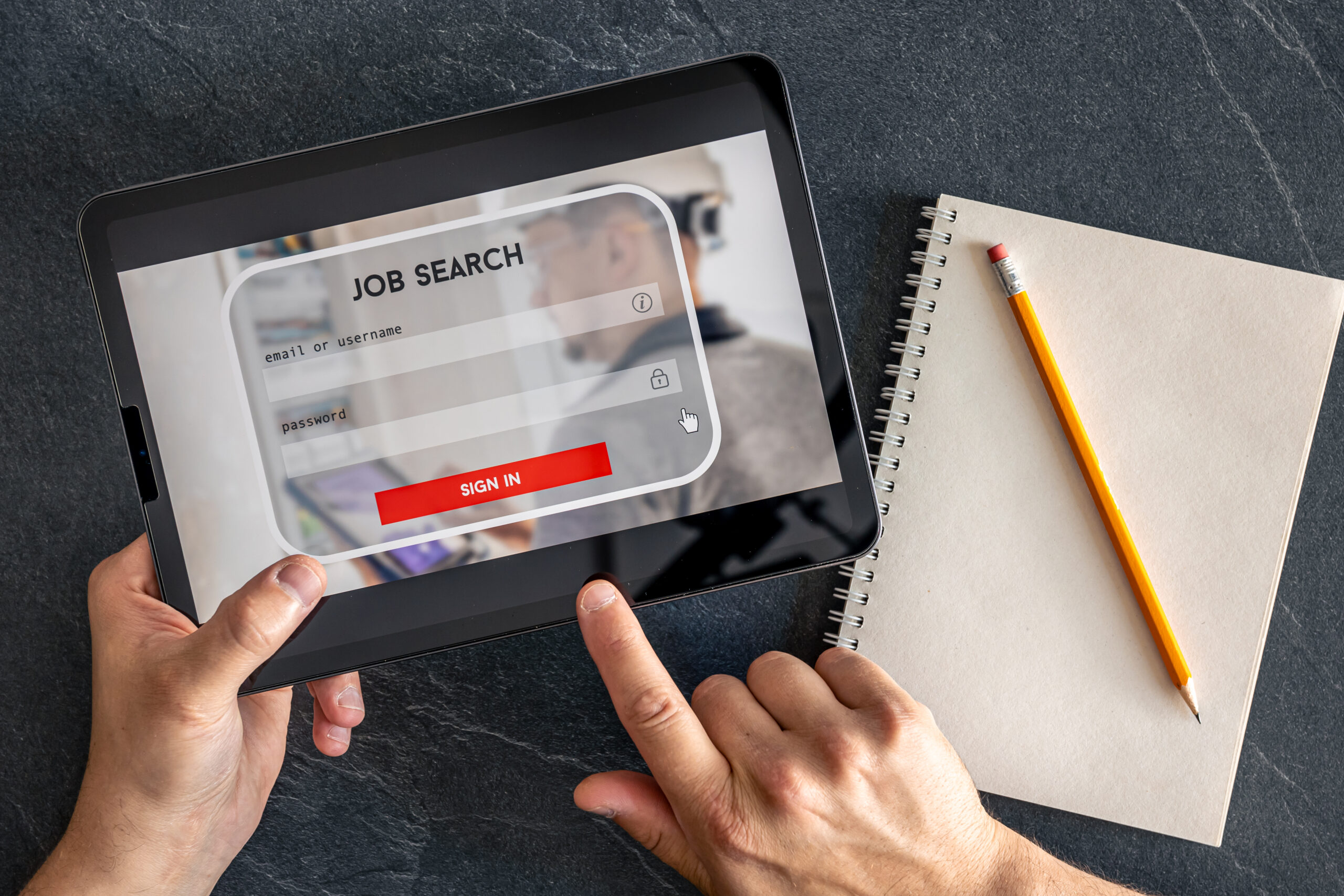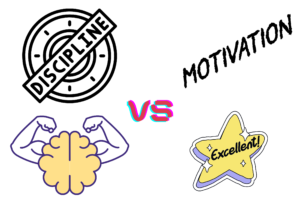One of the most challenging things to write about is yourself and your accomplishments. This can make writing your resume extremely challenging. Instead of hiring a resume writer for every little change, many are turning to AI resume writing tools. As an added bonus, these tools may increase the odds of your resume populating in recruitment screening software!
In addition to writing and updating your CV, you can leverage artificial intelligence at every stage of the job search process.
Expand Your Job Search
You aren’t alone if you work in a job, industry, or organization that isn’t fulfilling. Maybe it used to be, and you’ve outgrown your role or organization. Maybe it never was fulfilling, and you’ve stuck with it for job security. Knowing when it’s time to move on is different than knowing what you want to do next, so use AI to expand your job search.
To stay in your current field or consider options with transferable skills upload your resume to Pyjama Jobs. This will match you with global or country-specific job openings.
To brainstorm new career ideas, type in your soft skills, hard skills, career objectives, interests, and hobbies into any AI assistant, and see what populates. The results may surprise you!

Resume Writing
Even if writing is your strong suit, two of the most challenging topics to write about are yourself and your accomplishments. If you’re struggling to write or update your CV or online bio turn to your preferred AI resume writer. This includes ChatGPT, Microsoft Copilot, and Google Gemini.
You can start from scratch, asking it to write a resume summary or objective and each experience bullet point. Although the prompt you provide doesn’t need to be enticing, add as much detail in the prompt.
For example:
“Write a resume summary for a senior-level marketing executive with 15 years of experience in the hospitality industry.”
You can even provide examples of summaries you find online and ask for a unique version.
Where to find job summaries online? You can find summaries from both LinkedIn profiles and job descriptions.
Experience bullet points
For your experience section, you can provide bullet points from job listings and ask your AI writer to rewrite them—or to rewrite your existing resume experience section. You can also type in your professional stats, accomplishments, and data points and ask for a personalized list.
Cover Letters
Instead of sending generic cover letters use AI to personalize your cover letter for every job. Even if you’re only changing a sentence or two, it’s an excellent way to stand out.
Do you still need a cover letter? Maybe not, but it never hurts. And yes, it may just end up being an attachment that’s never opened or a page that is flipped passed—but it shows extra effort.
Company Research
AI makes researching the companies you apply to and interview with faster and easier. Yes, you should still visit their website and LinkedIn page and perform a generic online search. However, some companies have pages of search results and an overwhelming amount of online content. AI can target your research.
Type detailed prompts into tools like Perplexity and Google Gemini. Perplexity provides you with data from news outlets and other official sources. Unlike standard Google search results, Google Gemini populates targeted results from real-time search results.
This allows you to research the company, specific public initiatives, and employees with ease.

Emails
Get nervous when responding to recruiters? Use your AI resume writer to draft or perfect your response. This includes everything from LinkedIn and job board messages to direct emails with HR.
When crafting emails we suggest using Microsoft Copilot. Unlike ChatGPT and Google Gemini, Copilot can draw from emails and content you’ve written yourself. Then, it uses machine learning and natural language processing to curate professional responses that sound like you.
The more you use Copilot to write, the more it will match your style and tone.
Interview Preparation
Once you land an interview, you’ll need to prepare. Beyond research, you’ll want to consider what kind of questions you might be asked during your interview.
Copy and paste the job description and any relevant correspondence and information into your AI tool and ask your AI tool to populate a list of likely interview questions.
But don’t stop there!
Sort through the questions to weed out any that aren’t relevant, then ask your AI software to populate answers. Again, Copilot ensures the answers sound like you.
Don’t just read the answers you personalize, but practice saying them out loud.
Last but not least, ask what questions you should ask the interviewer during the interview. Or use the tool to refine the questions you write.
Other Online Profiles
Prefer a bio or online profile that is personalized and engaging? You can use your preferred AI resume writer to do this too. From LinkedIn to your personal CV website, company bio, or profile for upcoming meetings and events.
For best results, find a few other bios or profiles that you like. Then, ask your AI software to write something similar that includes your unique stats and talking points. Remember the more specific your prompt, the better your results.
You can even request headlines, a specific word count, or a set number of sentences or paragraphs. If you like what populates, ask for a rewrite of something similar—as sometimes the best result is a few prompts in.
Don’t Recruiters Want Human-Generated Content?
If you’re worried that tailoring your resume with artificial intelligence will hinder your odds of landing your dream job—recruiters and job boards use AI too! As reported in Forbes, AI is revolutionizing recruitment and replacing manual screening. Everyone from job boards to private recruitment firms and in-house HR teams utilize AI for advanced candidate screening.
The algorithms they use leverage advanced data science to source and identify candidates. Depending on the source, this may include candidates who apply directly and candidates with resumes or online profiles anywhere on the internet—including LinkedIn.
In addition to HR optimization, AI helps to screen both soft skills and hard skills. So, if organizations are using AI to write their job description and you draft an AI resume inspired by job board job descriptions, it can accelerate the job match process.
What Are The Downsides of An AI Resume?
The current downside is the same as any downside with using AI to write anything—redundancy. AI writers tend to repeat key points. To keep the repetition to a minimum, ensure your prompts are as detailed as possible.
In other words, it will take more than a few minutes to craft the content above. The tool you use just optimizes the process and improves the quality of your content. This is likely to save you both time and stress. Also, the expense of hiring a professional writer.
Conclusion
With every tip above, be sure to edit, refine, fact-check, and make it your own. Like anything in life, a few small changes can have a major impact!
Looking to make a few small changes in your life? If you’re ready to break your monotonous and unproductive cycles, we’re here to help you Quick Charge your life!






